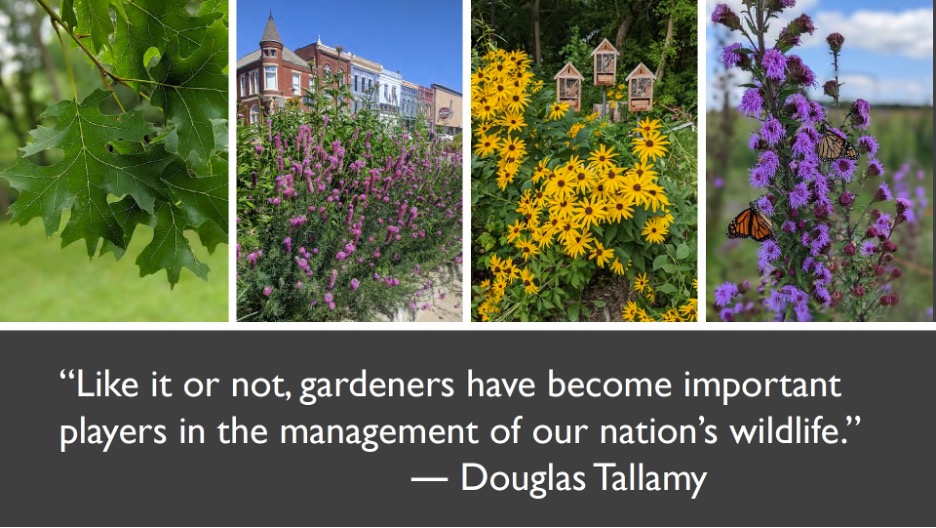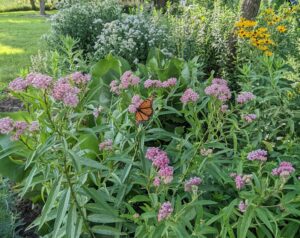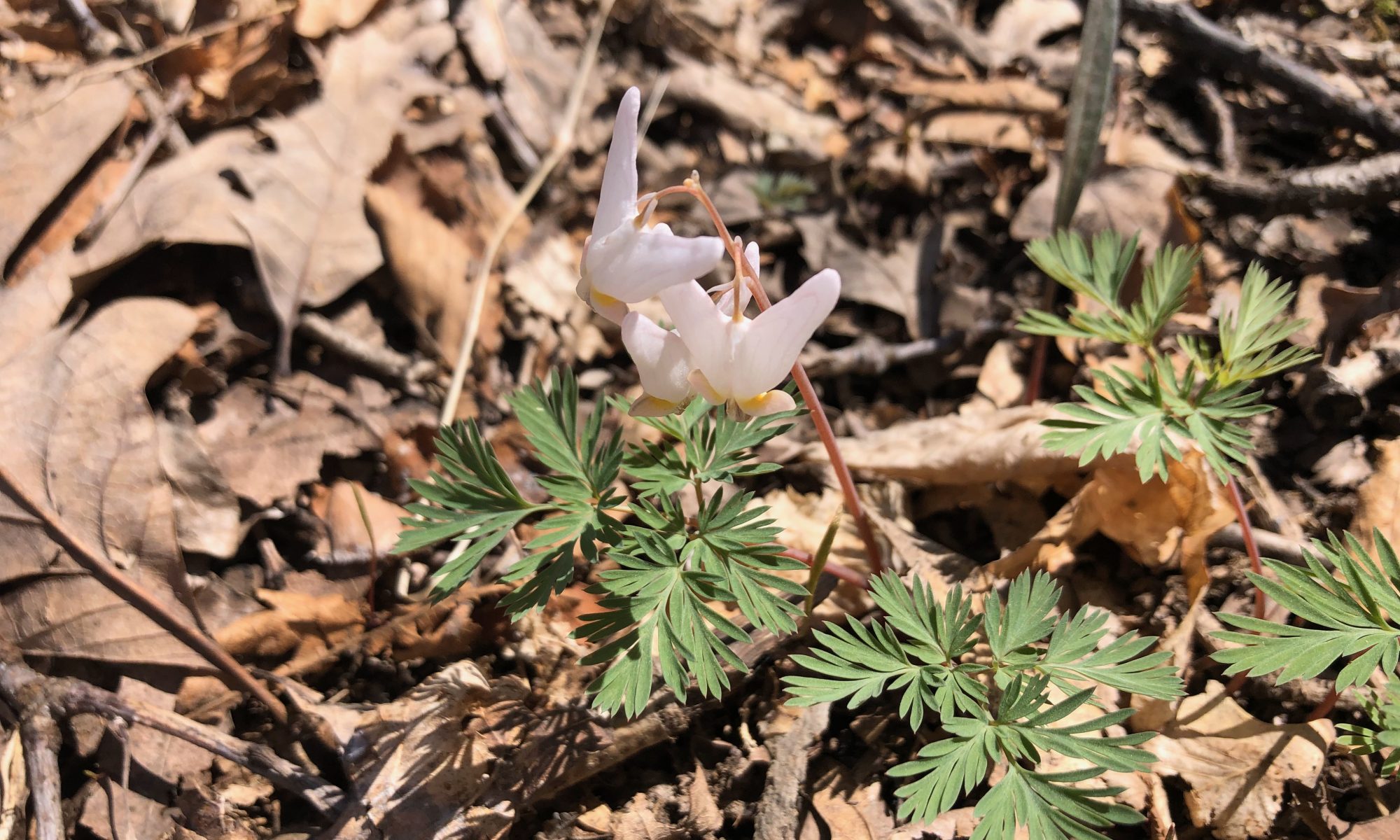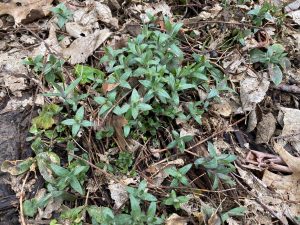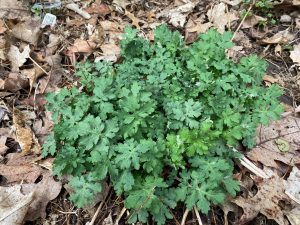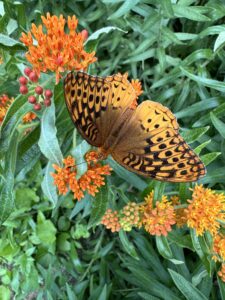
- Volunteer! Join MCTG members working at Wayside Park or on the square in Petersburg this week—or later this summer. We’ll be weeding, trimming, planting, watering, mulching, and eventually collecting seeds. If you’re interested in adopting a bed or a corner on the square, we can show you the ropes!
- Scout blooming plants now for later seed collection (see a blog on this subject soon!)
- Be a citizen scientist! Download the iNaturalist app and participate in the Illinois Monarch Project’s Bioblitz to document local insect activity.
- Create pollinator habitat at home! While the heat makes planting a little challenging this week, with ample water during establishment, natives will tough it out! Consider planting native species from local growers like 3B Natives. Their plants can be ordered online or purchased at Seaney’s. The Mason State Nursery is another great option!
 From Pollinator Partnership:
From Pollinator Partnership:
Pollinator Week 2024 is a celebration of the vital role that pollinators play in our ecosystems, economies, and agriculture. Under the inspiring theme “Vision 2040: Thriving ecosystems, economies, and agriculture,” this year’s event urges us to envision a future where pollinators not only survive but thrive. These essential creatures, including bees, butterflies, moths, bats, beetles, and hummingbirds, are the unsung heroes behind the food we enjoy and the beauty that surrounds us. As we reflect on the interconnectedness of our world, let’s unite in a collective effort to protect and preserve these crucial pollinators. By understanding the impact of our actions on their habitats and embracing sustainable practices, we can pave the way for a flourishing future. Join us in celebrating Pollinator Week 2024, and let’s cultivate a world where both nature and humanity thrive in harmony. Explore our resources, learn about pollinator-friendly initiatives, and be inspired to contribute to the vision of a greener and more sustainable tomorrow.
https://www.pollinator.org/pollinator-week

